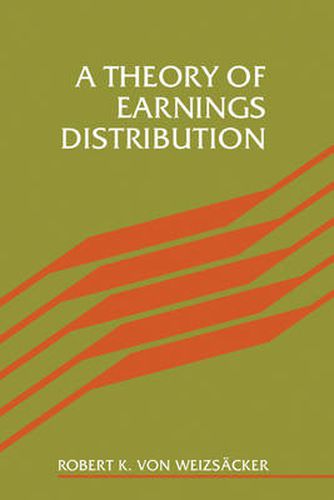Readings Newsletter
Become a Readings Member to make your shopping experience even easier.
Sign in or sign up for free!
You’re not far away from qualifying for FREE standard shipping within Australia
You’ve qualified for FREE standard shipping within Australia
The cart is loading…






An understanding of the origins of earnings distributions is of central importance for any public policy which has the aim of combating economic inequality. The aim of this book is to provide a satisfactory theoretical foundation which could serve as the rational basis for such policies. The approach, strongly influenced by human capital theory, is especially novel in that it permits individual analyses at three interconnecting levels of aggregation using the same basic microeconomic model: the level of earnings distribution within age groups; the level of the overall earnings distribution across all age groups; and the distribution of lifetime earnings. The analysis demonstrates the interdependence between age composition, inequality, and public distribution policy. It also addresses the question of how differences between individuals are transformed into income differences.
$9.00 standard shipping within Australia
FREE standard shipping within Australia for orders over $100.00
Express & International shipping calculated at checkout
An understanding of the origins of earnings distributions is of central importance for any public policy which has the aim of combating economic inequality. The aim of this book is to provide a satisfactory theoretical foundation which could serve as the rational basis for such policies. The approach, strongly influenced by human capital theory, is especially novel in that it permits individual analyses at three interconnecting levels of aggregation using the same basic microeconomic model: the level of earnings distribution within age groups; the level of the overall earnings distribution across all age groups; and the distribution of lifetime earnings. The analysis demonstrates the interdependence between age composition, inequality, and public distribution policy. It also addresses the question of how differences between individuals are transformed into income differences.